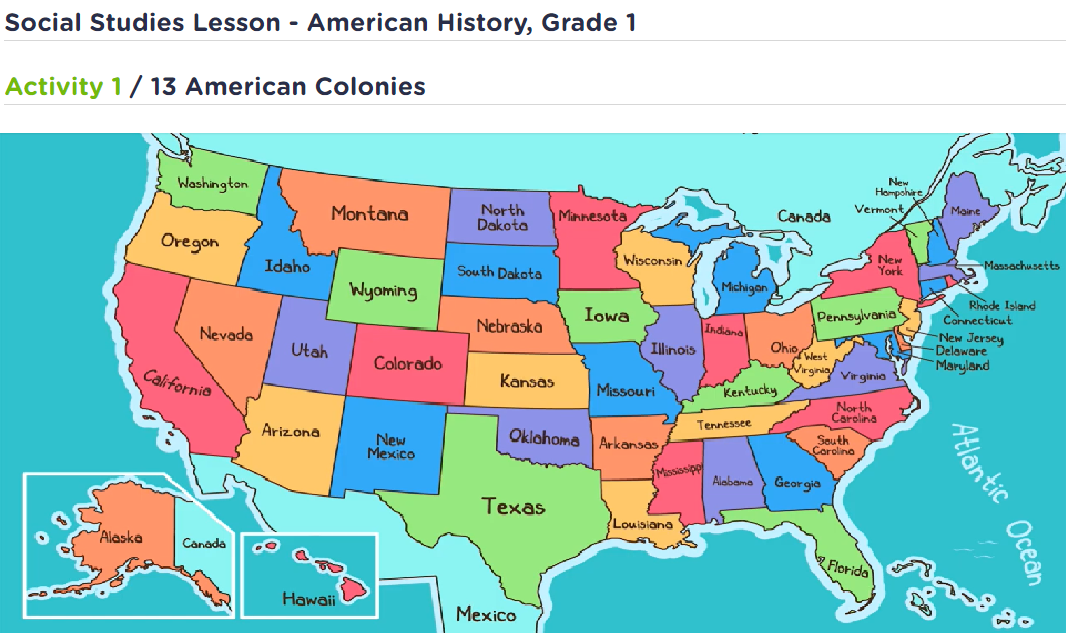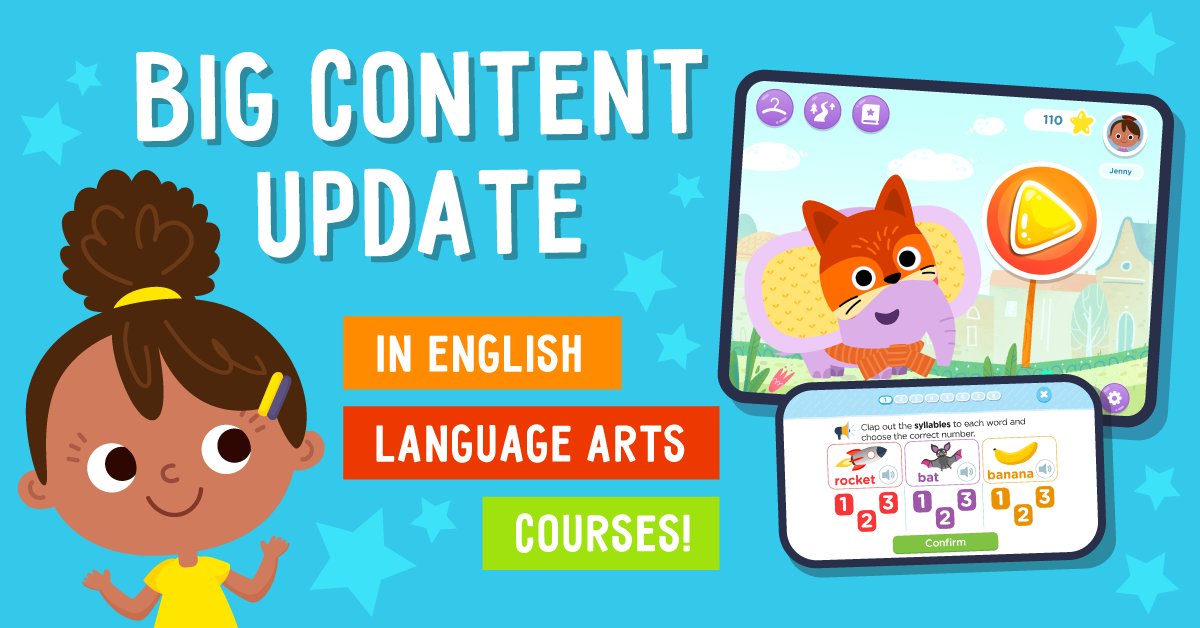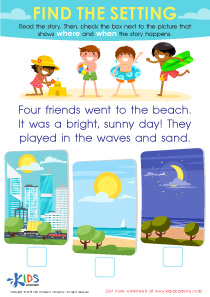Color recognition Easy Worksheets for Ages 4-9
38 filtered results
-
From - To
Discover our engaging Color Recognition Easy Worksheets designed for children aged 4-9! Perfectly crafted to introduce and reinforce knowledge of colors, these printable activities are ideal for developmental learning. Each worksheet aims to sharpen color identification skills through fun and interactive exercises, making learning both enjoyable and effective. With these resources, young learners can enhance their cognitive abilities and improve their understanding of colors in everyday life. Parents and educators can easily download and print them for classroom or home use. Visit our website to explore this delightful collection and boost your child's color recognition skills today!
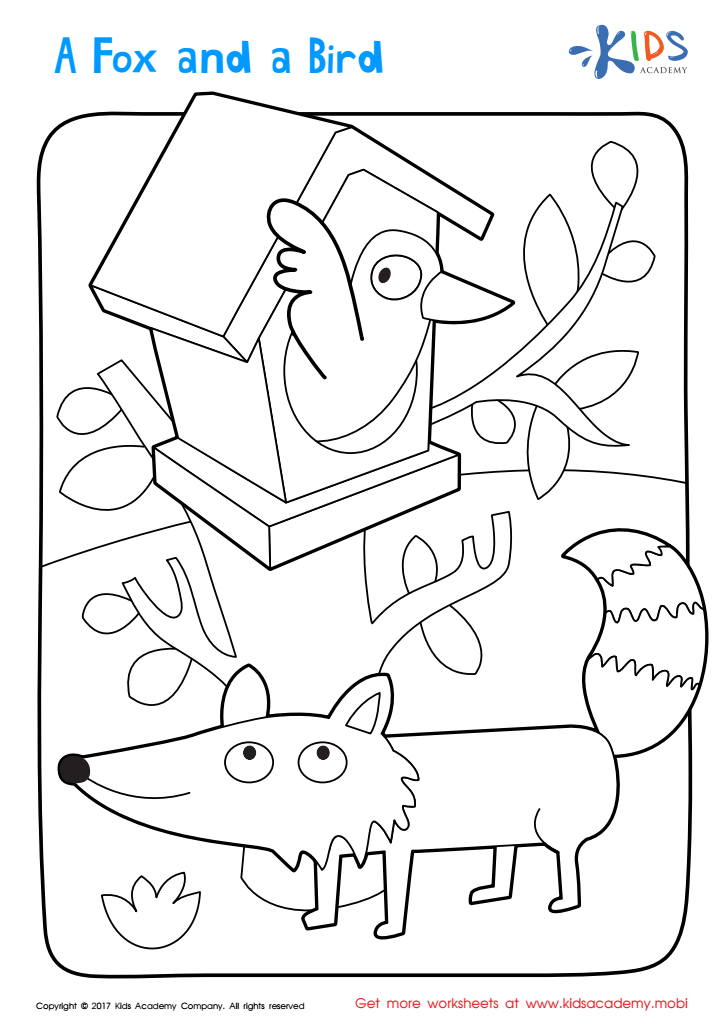

A Fox and Bird Coloring Page


Red and Blue Coloring Fun Worksheet
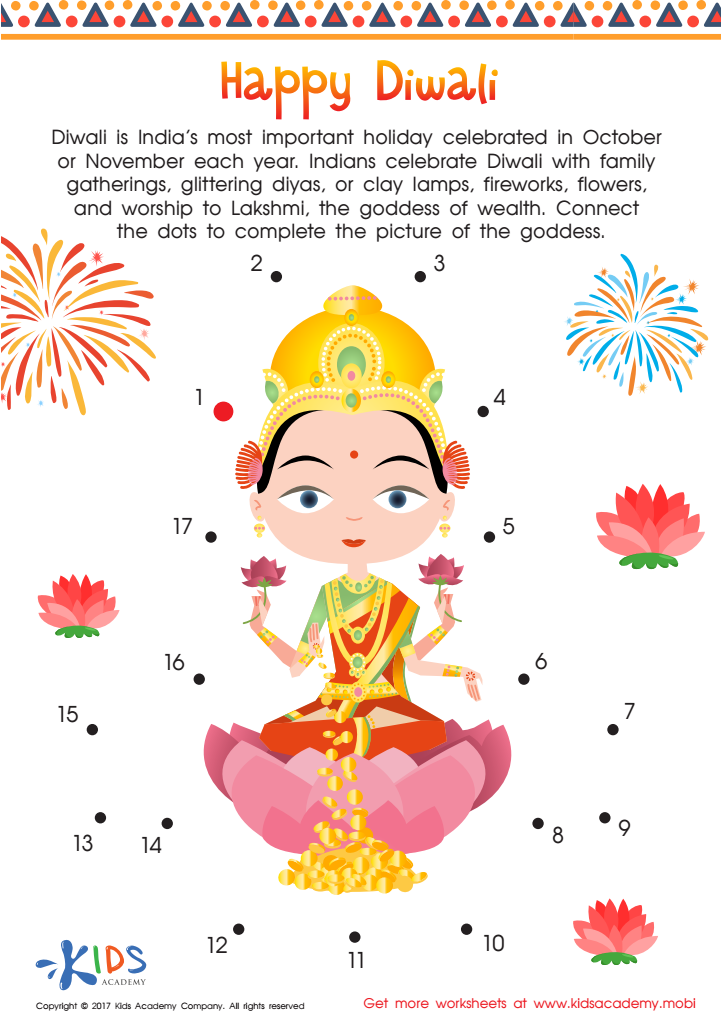

Happy Diwali Printable


Yellow and Green Coloring Fun Worksheet
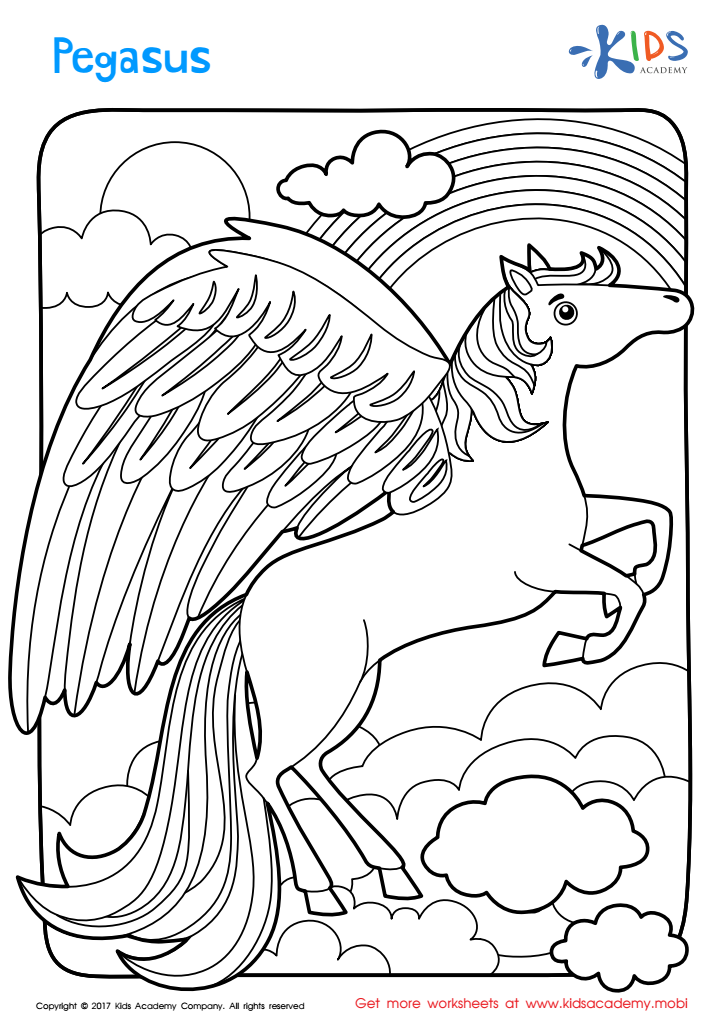

Pegasus Printable
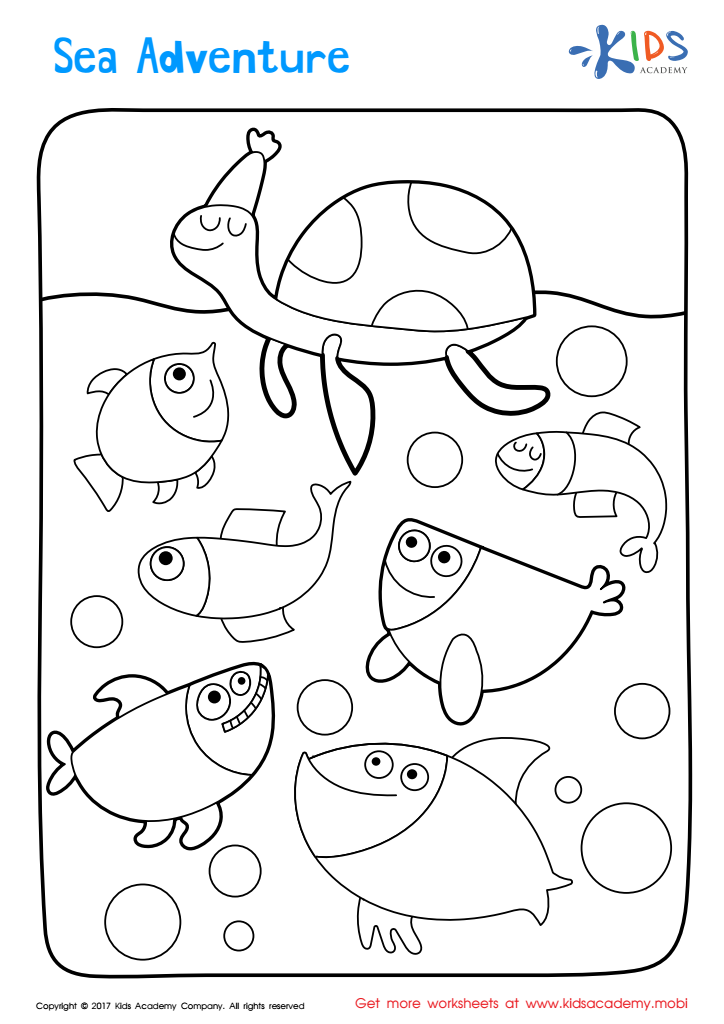

Sea Adventure Coloring Page
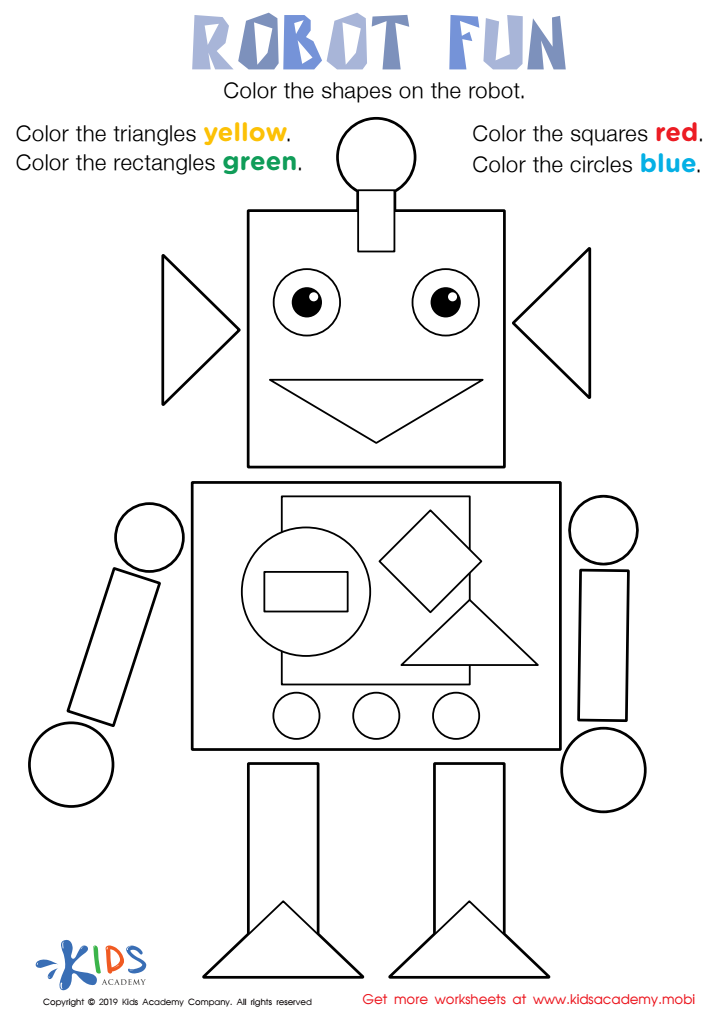

Robot Fun Worksheet


Little Blue Belle Worksheet
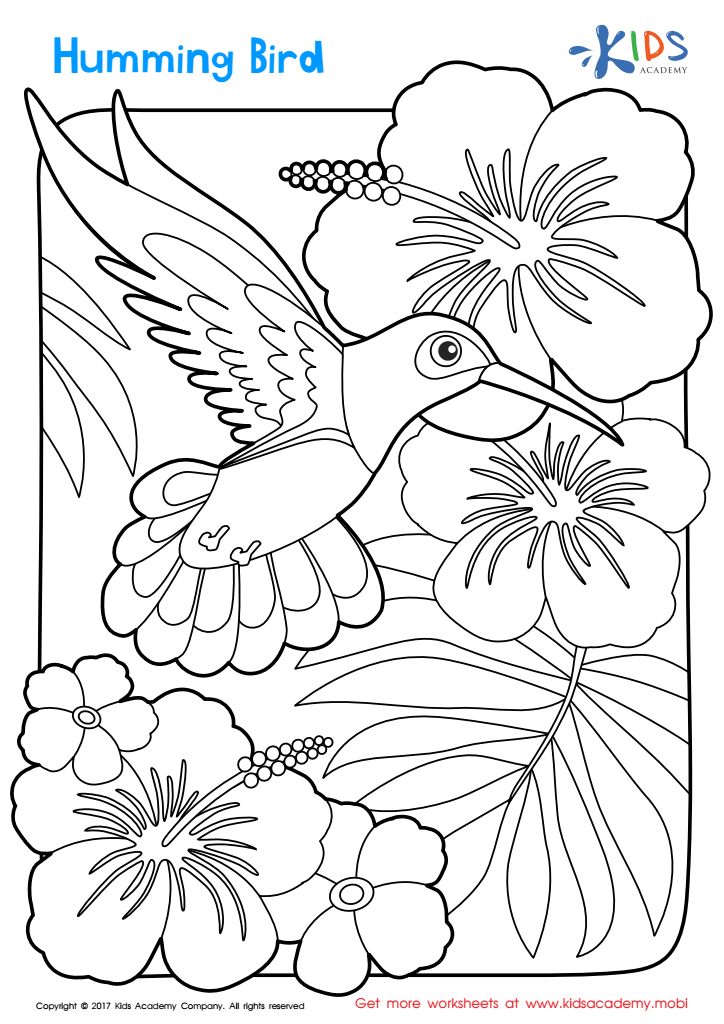

Humming Bird Worksheet


Fruity Array Quest Worksheet
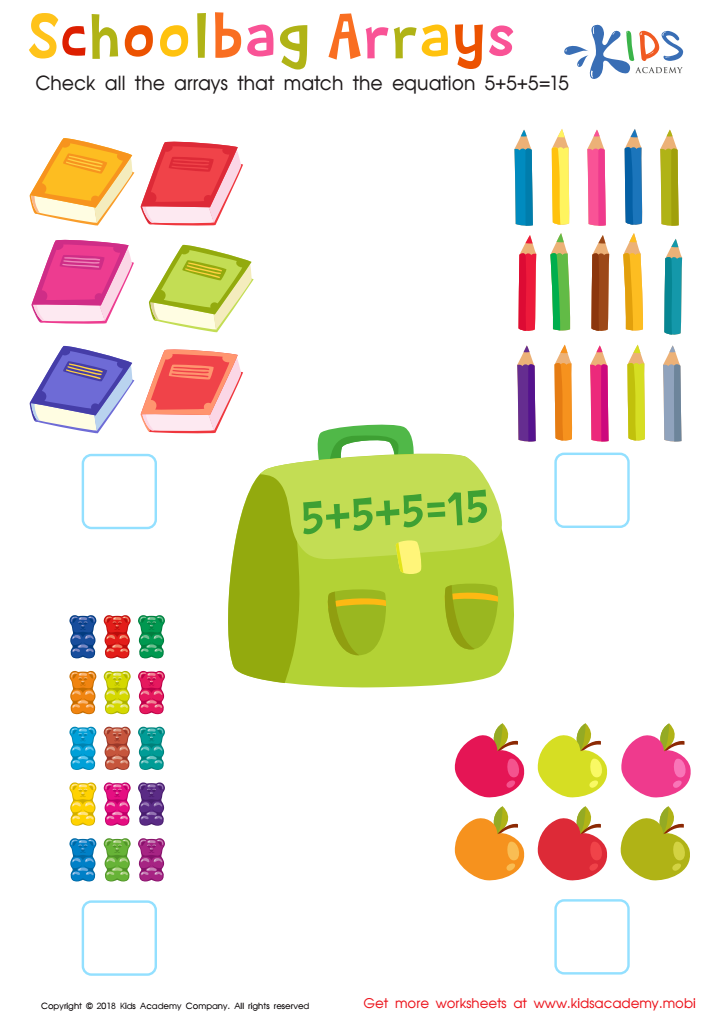

Schoolbag Arrays Worksheet


Baby Pandas Worksheet


Party Arrays Worksheet
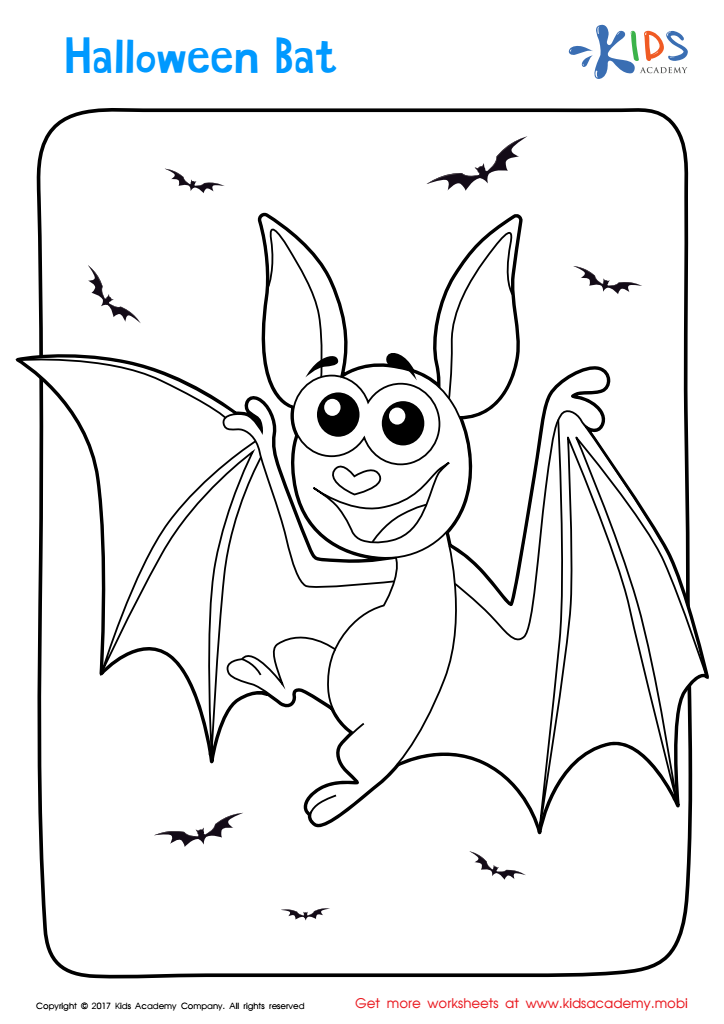

Halloween: A Bat Printable
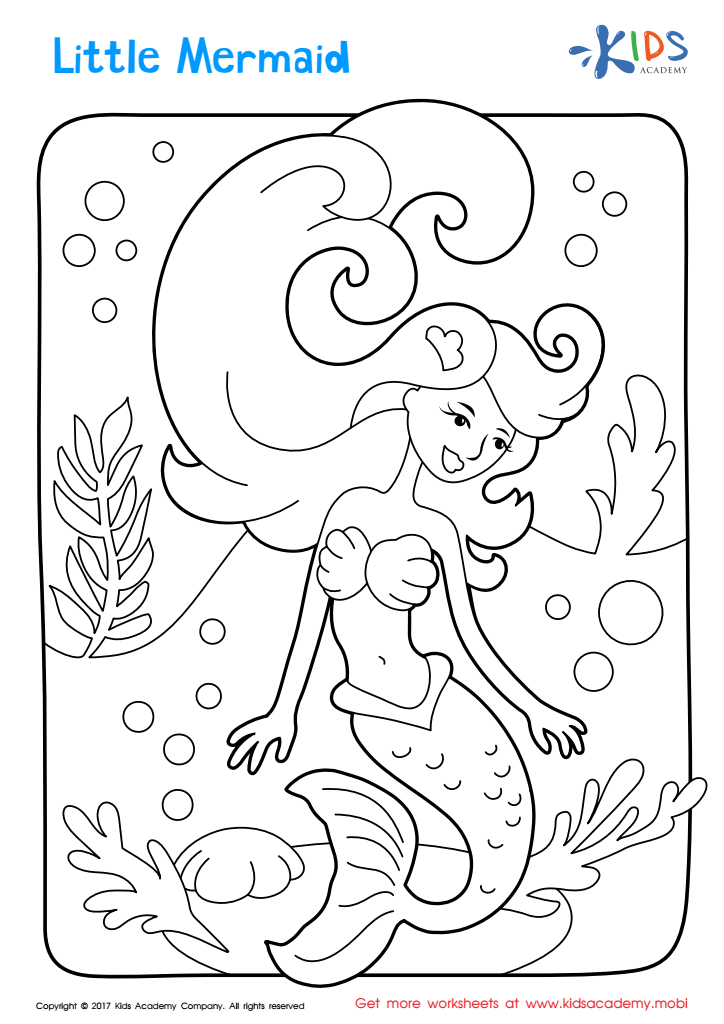

Little Mermaid Coloring Page


Purple and Orange Coloring Fun Worksheet
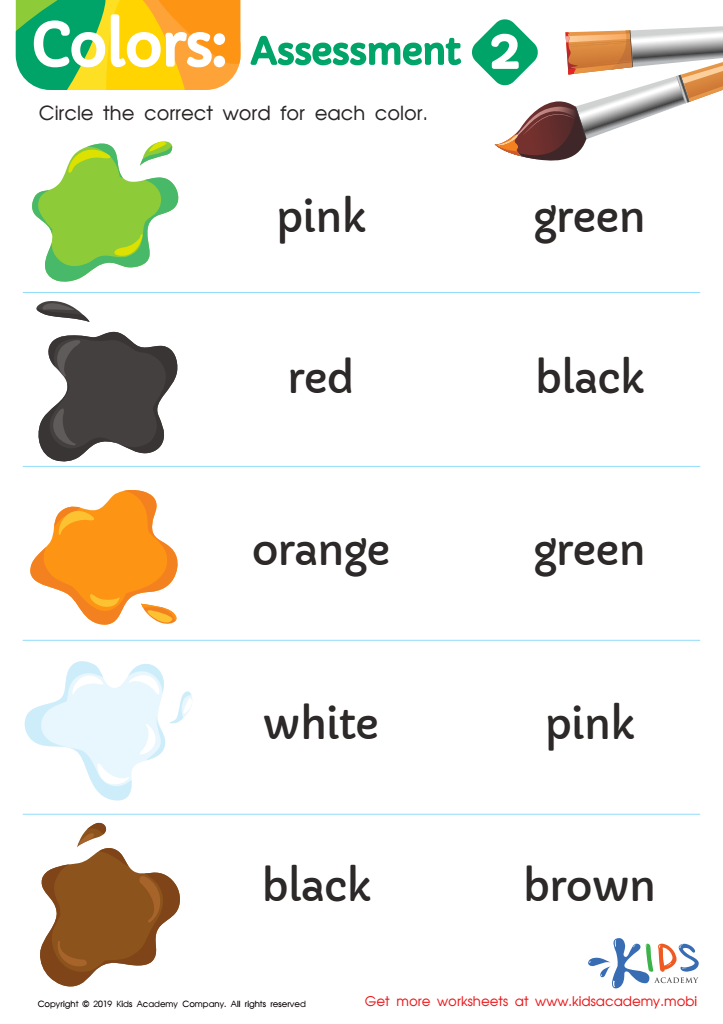

Colors: Assessment 2 Worksheet


Colors: Assessment 1 Worksheet
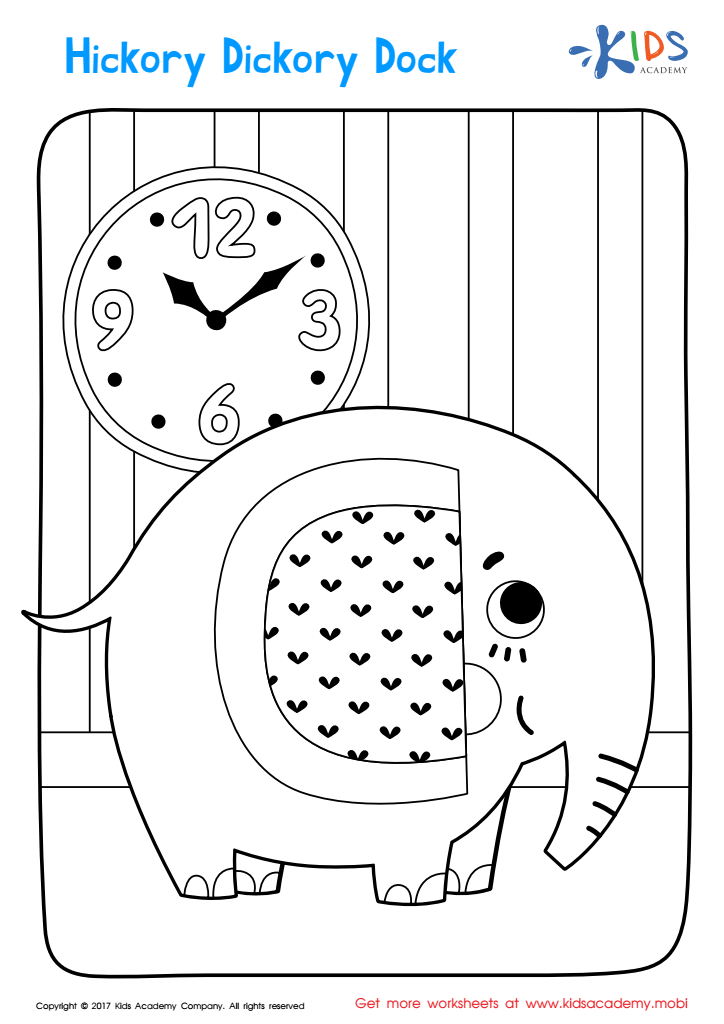

Hickory Dickory Dock Coloring Page
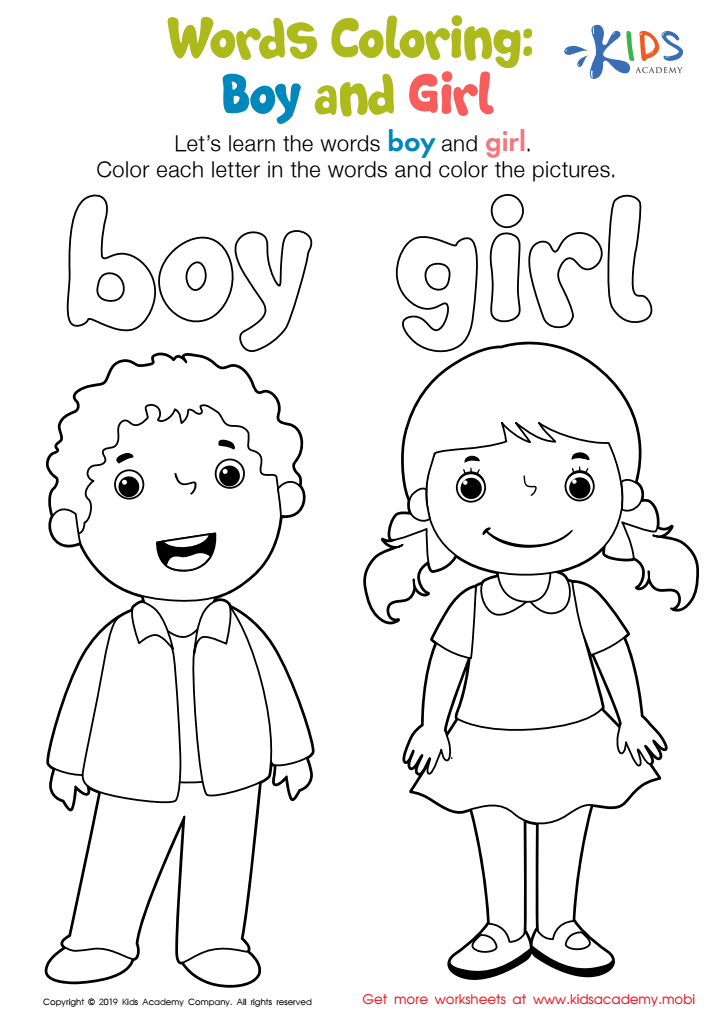

Boy and Girl Words Coloring Worksheet
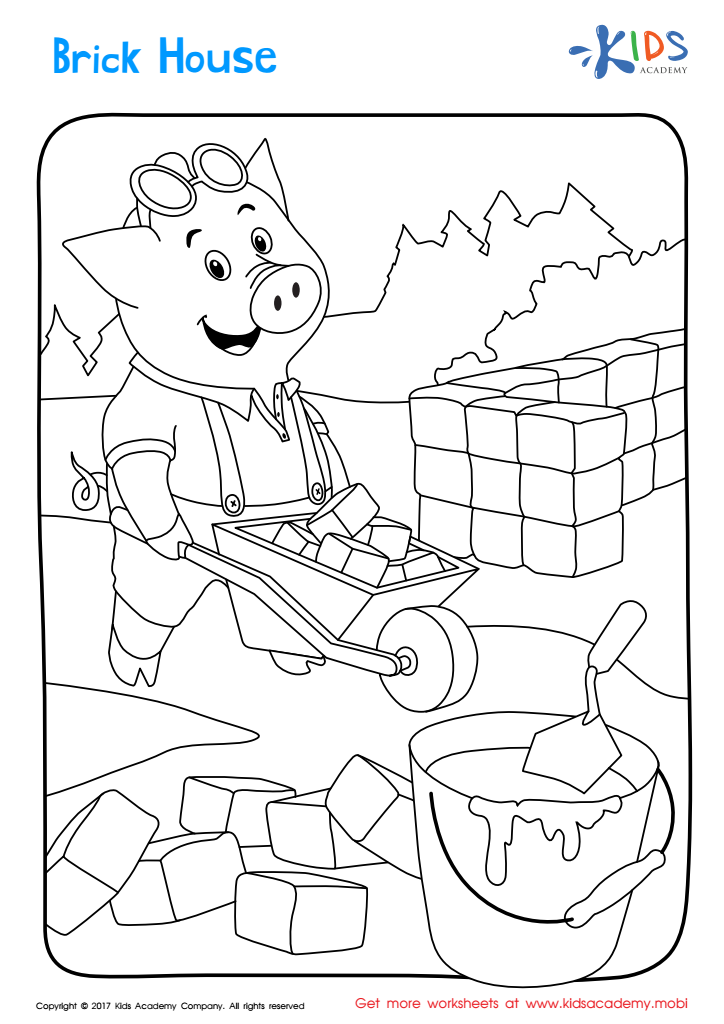

Brick House Printable Coloring Page
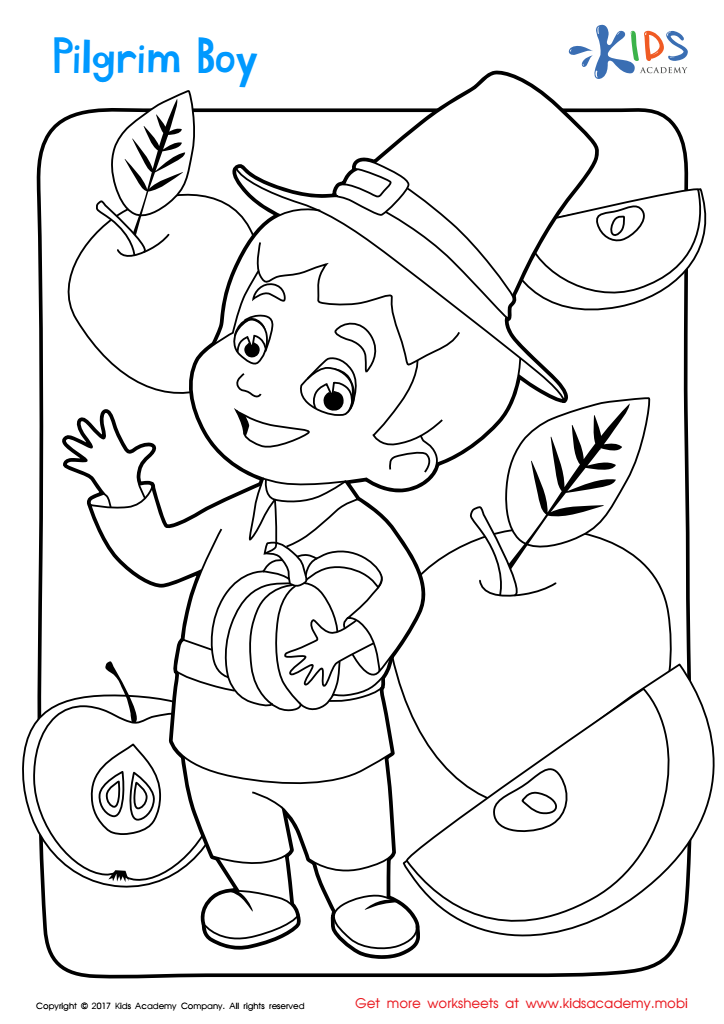

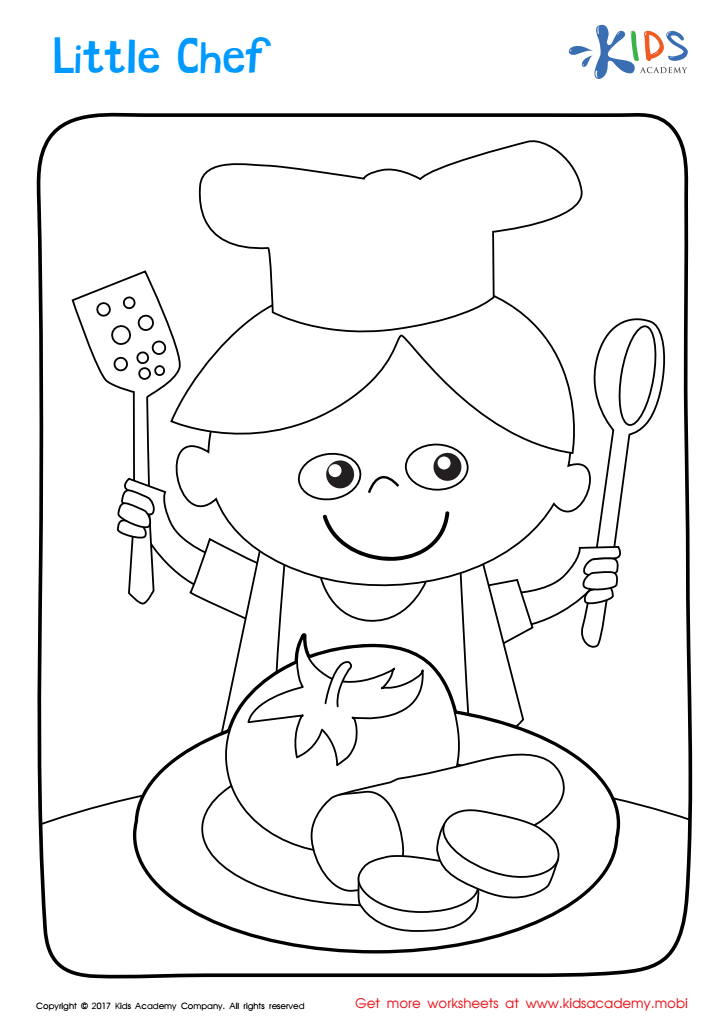

Little Chef Coloring Page
Color recognition is a foundational skill that holds significant importance for children aged 4-9, and both parents and teachers should prioritize its development. At this early stage, children are laying the groundwork for future learning, and understanding colors is integral to this process.
Firstly, color recognition enhances cognitive development. As children learn to identify and name colors, they engage their memory and language skills, which are crucial for their overall mental growth. This basic yet essential skill aids in categorizing and differentiating between objects, improving their attention to detail.
Secondly, colors are a critical component of early mathematics and literacy. Recognizing colors helps children understand patterns, sort objects, and follow instructions, all of which are key elements of mathematical thinking. Similarly, many early reading activities involve color-coded prompts helping children distinguish between parts of speech or identify starting points for dyslexia-focused treatments.
Social and emotional development is another important aspect. Children use colors to express their feelings and creativity, enabling their emotional literacy. They also become more adept at interpreting the world around them through distinguishing traffic lights and safety symbols, thereby boosting their spatial awareness and practical knowledge.
In summary, fostering color recognition in children aged 4-9 is crucial. It supports cognitive abilities, mathematical and literacy skills, emotional expression, and practical understanding of their environment. Given these far-reaching benefits, parents and teachers should consistently integrate color-related activities into early education.
 Assign to My Students
Assign to My Students







.jpg)
